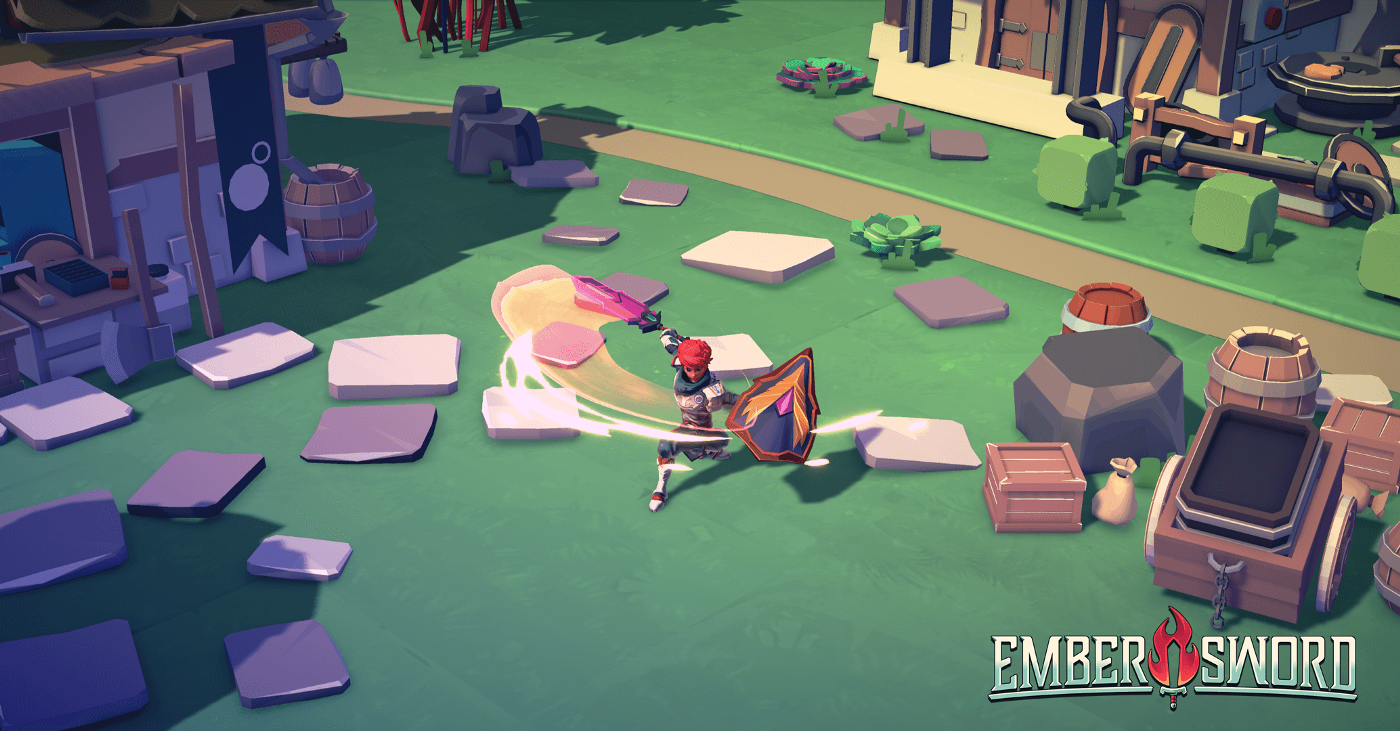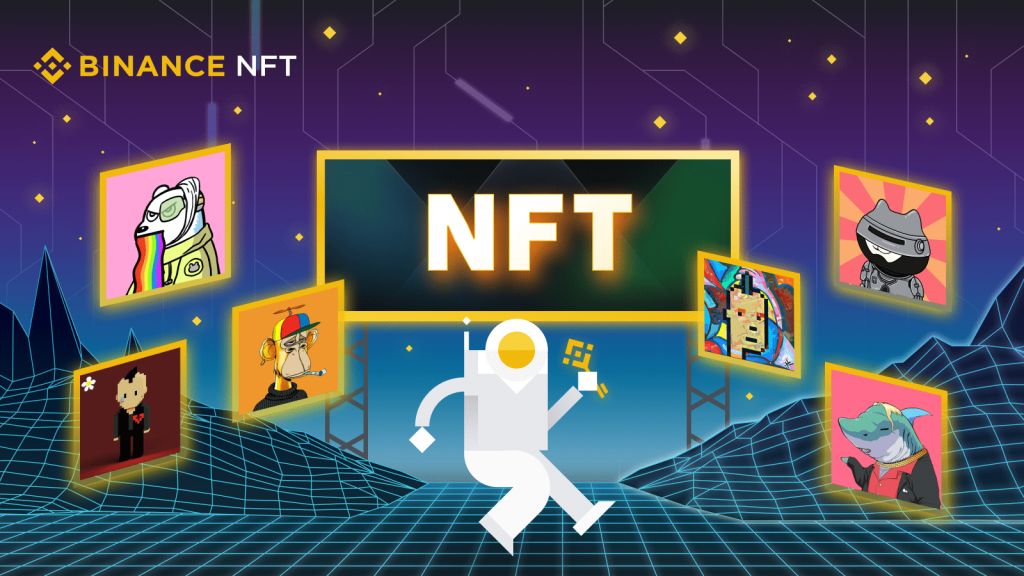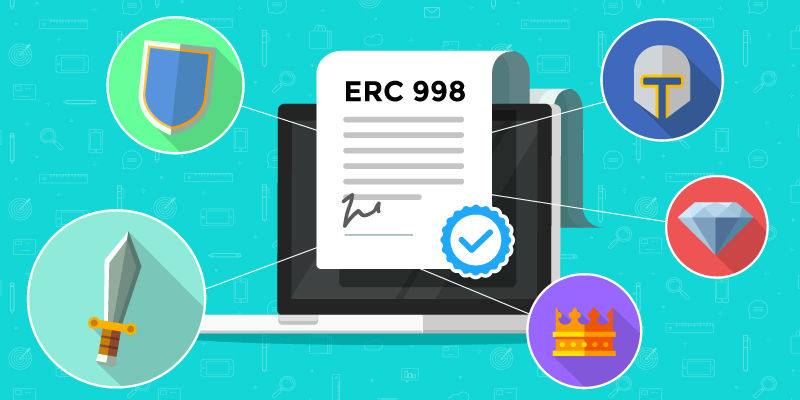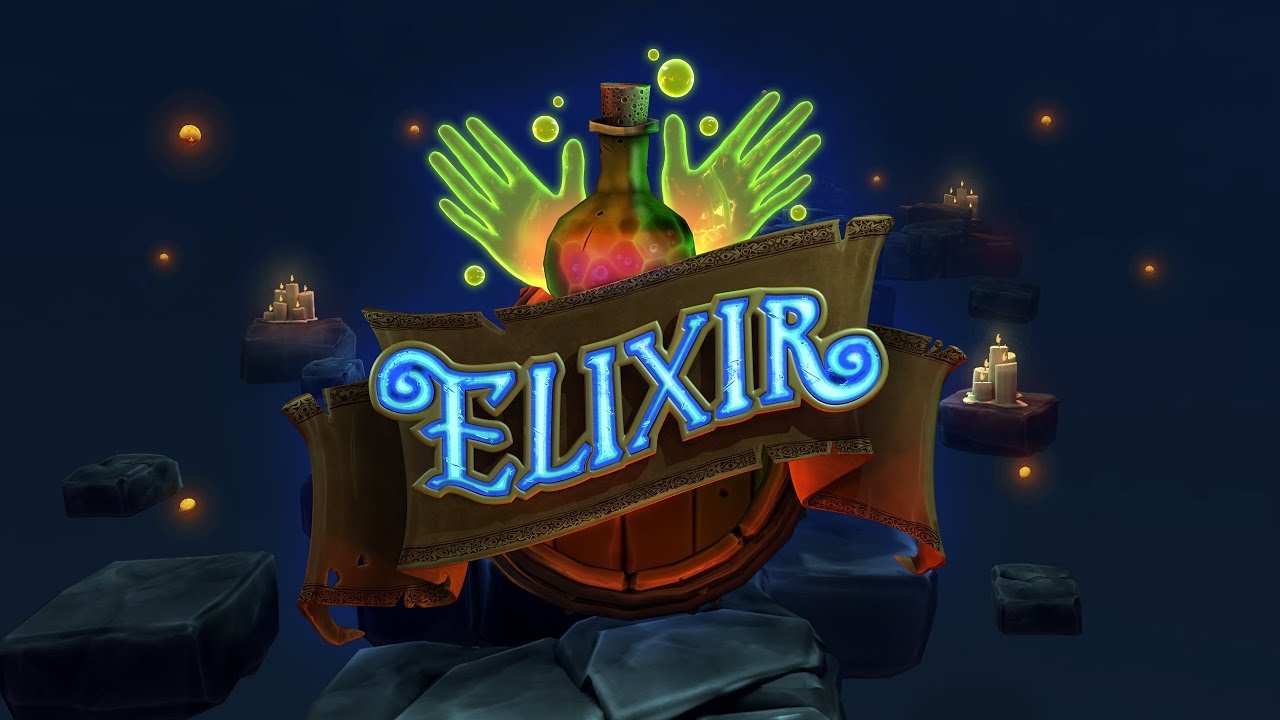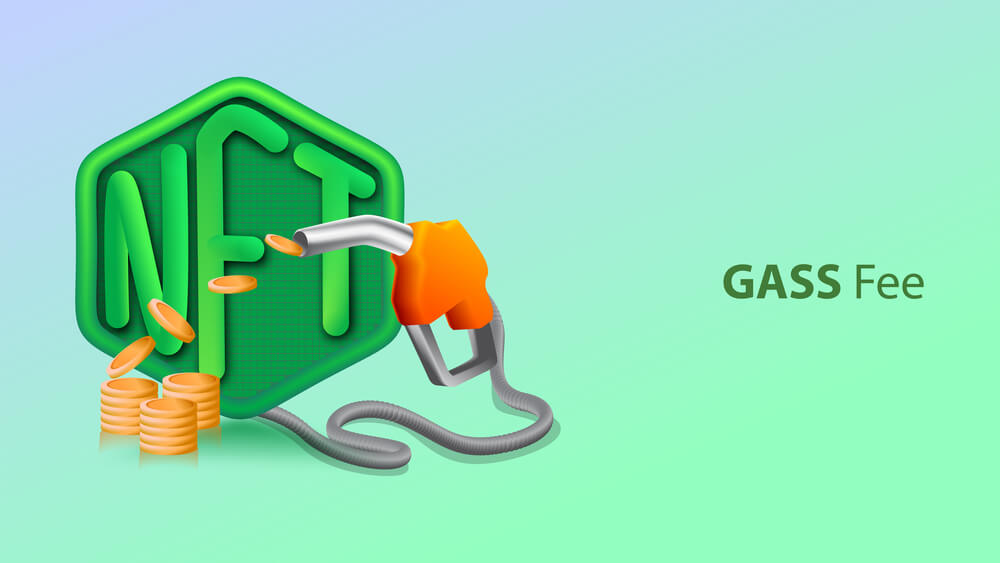Ember Sword is a thriving cross-platform player-centric Free-to-Play fantasy MMORPG. Players create a character, pick a home region, and then venture into the mysterious world of Thanabus to prove their worth in action-packed classless combat.
Some time ago the team announced their land sale to the world. Since that time, they have seen lots of responses; games raised concerns over not having the ability to afford to get their hands on city property, to members of the blockchain community being positively inspired by the chance to get cities and towns at these affordable rates.
Nonetheless, many people have been requesting more information on the details behind the collectibles, land, the upcoming ERC-20 token. All these features interact to power the game for casual players, play-to-earn gamers, or virtual real estate mogul.
Understanding Ember Sword
Ember Sword is building a full-fledged MMORPG experience for a major audience. The team created an experience that is accessible within seconds by clicking links and is intended to be home to millions of players.
In this NFT game, the players will hone their skills, go on epic adventures and earn or even buy distinct cosmetic collectibles. From pets, swords, mounts, to emotes, they are all available. These cosmetics define the look and feel of the character, they bring with them the unique history they have gone through in the game.
Some of the most popular games like Fortnite rely on a cosmetics-based model that generates revenue and funds continuous development of enjoyable experiences for their players. This model works incredibly for the gameplay experience since it eliminates frustrations that arise with pay to win.
Mainstream games keep the valuable collectibles locked up in their walled gardens. Analysis shows that the market for skins is worth around $40 billion annually, nearly 33% of the total video game market. Furthermore, in case there is a premium currency that is used to buy them, all that is kept under lock and key in their databases after they are obtained, can never get cashed out.
The team says that in the case of Ember Sword, they want to open up the economy by introducing premium currency and collectibles onto the blockchain. It enables players to buy and sell rare collectibles, in and out of the game, earning themselves income in tokens.
They achieve it through a combination of nonfungible tokens (NFTs) for collectibles and an ERC-20 token that will act as the premium currency. It enables owners to trade their digital assets on third-party platforms without having to break any terms of service.
How Land Works In Ember Sword
The growing economy of Ember Sword is underpinned by land. Players venture out into the world where they go on epic adventures and earn some rare tokens and collectibles. Normally, it means that the team has invested a lot of resources and time into making exploring the lands a unique experience.
But, what the players do on their land is as much a social experience as it is a designed experience. The game itself might benefit from allowing the community to shape some critical segment of the world themselves.
This is the place now land ownership comes in designed in the form of ERC-721 NFTs. This land ownership strategy enables the community to help in shaping the design and social experience of this world. Thus, it enables the players to share in the revenues that the lands generate.
50% of the revenues that are generated inside the Ember Sword world are distributed amongst the landowners. Each landowner gets their share in the form of ERC-20 tokens. The developers strive to ensure that the rewards for land ownership are distributed to benefit the game and its community.
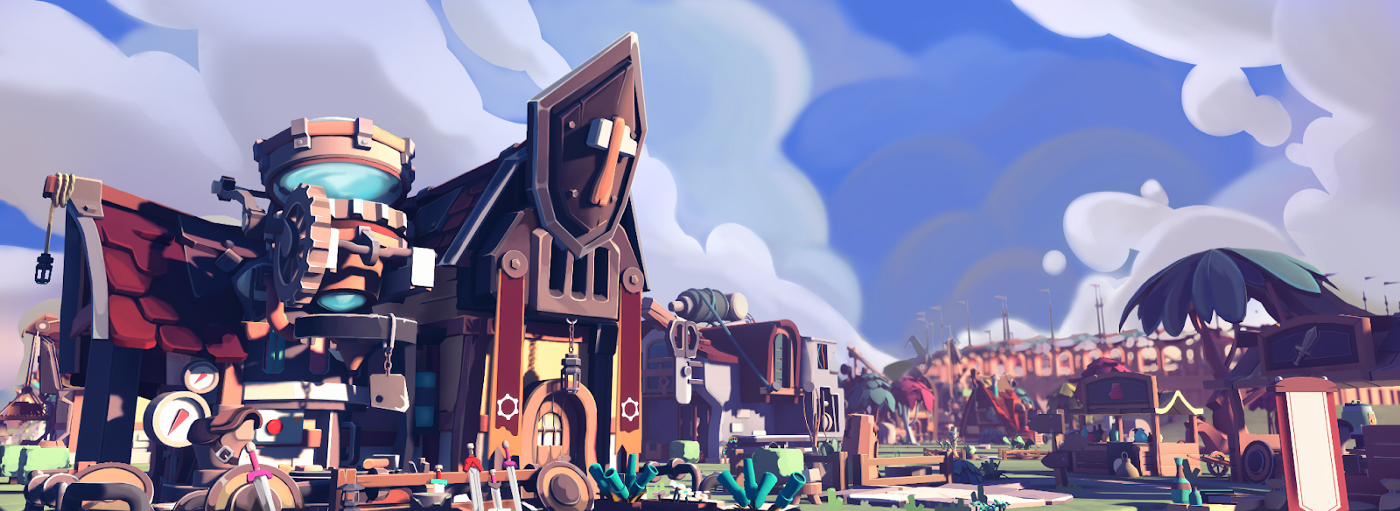
It means that the land distribution is set to be weighted based on the cumulative amount of value that is generated on and around any player’s land. Hence, as a landowner, one can increase the value; and revenues of their land by always putting it to good use.
Land Generates Value
During the development phase, the team behind the Ember Sword game said:
“It’s important to note that we want to build this system together with the community; making sure everyone is fairly rewarded. Because of this, we may start with a distribution that simply takes into account the purchase value of the land held; and slowly shift to having more of the distribution determined by the actual value the land is generating in-game.”
The land is designed to generate value within this game in different ways. For instance, collectibles may be found there and facilities like the exchange might be mostly used for trading. In general, getting more players to go active on one’s land gives its value a major boost in the future.
The method used to accomplish all that differs according to the type of land. This difference offers something for every type of landowner. Normal land and settlements are accessible to the normal gamer. Most of their value is generated by players actively participating in the Ember Sword game.
Playing with friends, going on adventures, and setting up a small guild; and facilities on a settlement helps the landowners generate value. Lands near towns and cities need top-level strategies. They host most of the core buildings and services in the game that players require to explore the world. Due to these facts, towns are visited by many players, in turn, generating huge amounts of value and activity for the landowners.
How Value Is Distributed Among Land Owners
A player goes to a nearby city and sees a buy order for a collectible that they own. The exchange takes a 7% fee and the player gets to spend the rest on something else they need. But, 50% of the exchange fee is distributed to the landowners. The amount is split into the local reward for local landowners in the area of the transaction; and the global reward for all land owners.
Interestingly, the local reward pool is distributed over the almost 20×20 plots surrounding the transaction. On the other hand, the global reward is distributed across all the plots that have already been minted. In case the NFT was found within the Ember Sword game, a portion of the local area reward goes to the area where it was discovered.

